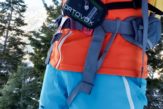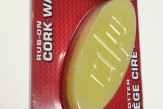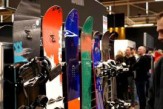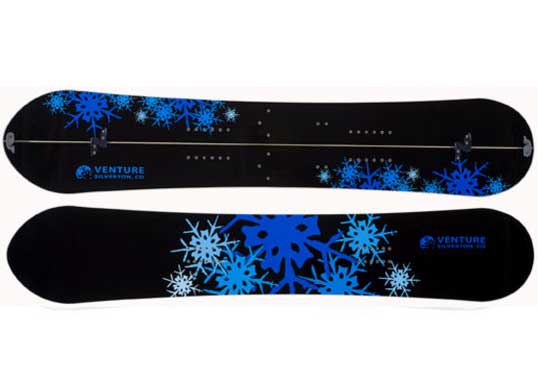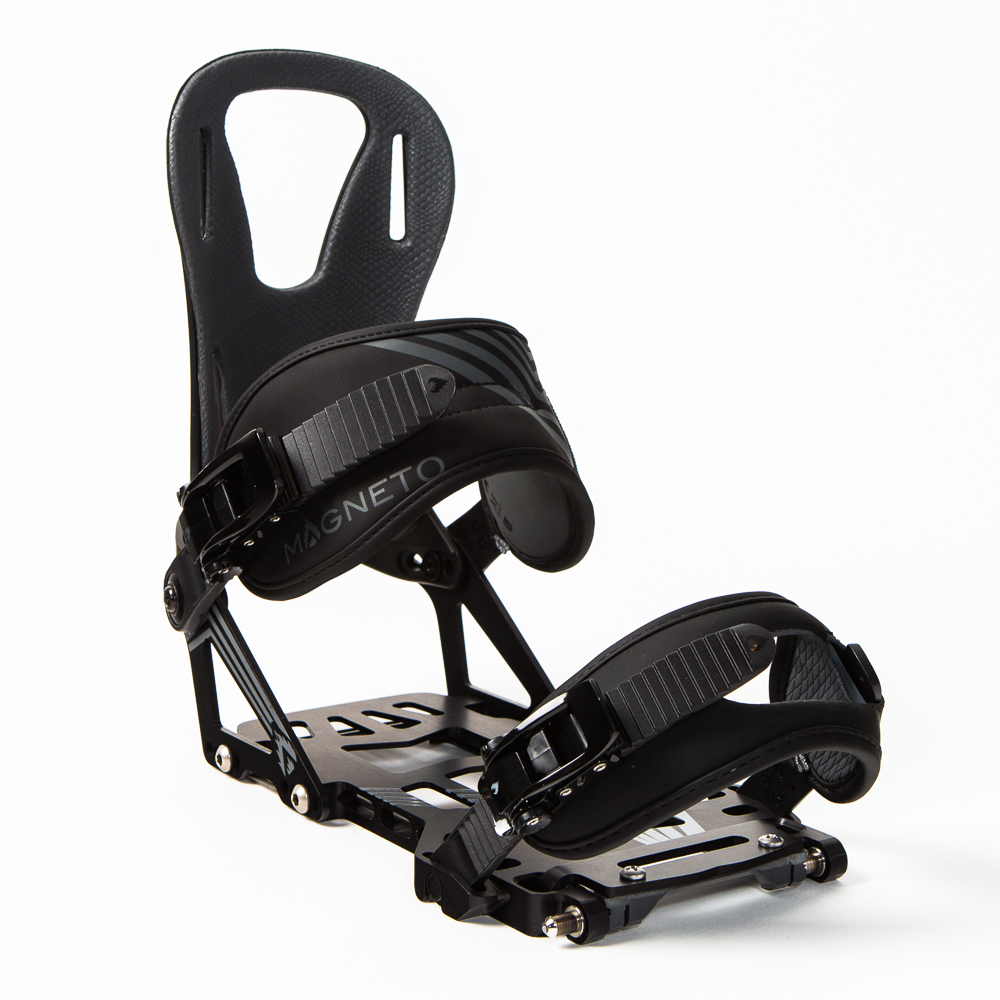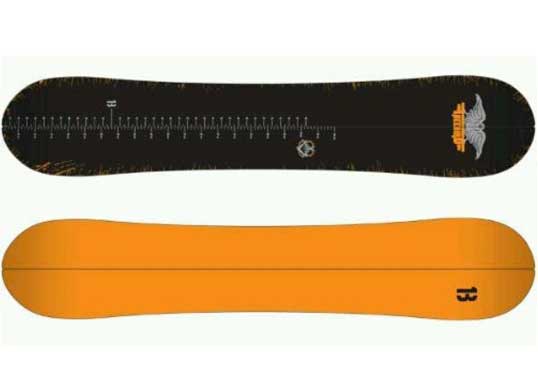Avalanche Beacons & Transceivers
Transceivers/Beacons
How it works
For those unfamiliar with Avalanche Beacons, they are a simple easy to use transmitter and transceiver device that helps to locate avalanche victims buried under the snow in minimal time. They work by sending off a low power signal. Most modern beacons use the 457 kHz frequency as an international standard.
The beacon transmits in what’s called a flux line transmission. Basically the signal puts off an electromagnetic field directed outward transmitting a flux line pattern. Most beacons have a send and receive mode. The receive mode as the flux lines are intercepted and the signal strength is increased the beacon calculates the distance and direction of the signal.
Avalanche Beacons can search in ranges from 30 to 60 meters each pass of an avalanche debris field. Obviously, the distance of the burial plays a large role in the amount of strength that can be produced in the flux line. Additionally, the direction the antenna is facing can cause the range of the beacon to be drastically reduced, which is one of the improvements with the beacon we have reviewed in this ar
How to shop for a beacon?
Avalanche beacons can cost anywhere from $200 to $700, so how do you know the right one to shop for. You may be one day trusting your life or your buddies life to this piece of equipment one day, so you want to make sure you get something that is going to perform, but not break the bank. Some of the biggest differences between cheap and expensive beacons are the number of antennas, and analog vs. digital transceivers. Obviously, more antennas, and digital transceivers are better and more reliable, but also cost more. Another thing to consider are the ease of use, how quickly can you switch modes, battery live, self test, etc.
Analog beacons are an older technology, they usually have a single antenna and are used by following a beep. Digital transceivers came on the scene a few year back, and include the use of up to three antennas to help triangulate the location of the victim. Most digital and analog beacons are compatible with each other.
Most beacons have their own special functions like multiple burial, compass, slope measurement, and even pulse tracking (
Mammut Pulse
![]()
) that relays victims vital signs back to other pulse users.
Of course with more features comes increased cost. The most important thing to consider when considering the purchase of a beason is the ease of use, and practice. In Fact there has in the past been arguments that older beacons, with single antennas and analog signals have been as good as the current beacons. This may be true if the user is an experienced user with the beacon. With our experience, the newer more advanced beacons are very simple for the novice to pick up and understand the basic functionality right away.
Transceiver/Beacon Issues
Some of the continuing issues with beacons are that
Beacon “Spiking” and Nulls
In scenarios where a victim has been buried deeply in the snow, a the strongest flux lines may not be just directly over the buried individual. This is called Spiking, when the beacon tends to find a stronger signal than that above the victim. This is when experienced probing really pays off.
BeaconReviews.com give a really good explination of Spiking, including why, and how it occures.
http://beaconreviews.com/transceivers/Spikes.asp
Cell Phone and other Interference
The Ortovox S1 and S1+ both warn to turn off your cell phone before using. Although cell phones operate on a different frequency from 698 MHz to 2690 MHz while the standard for avalanche beacons is 457 kHz. The interference is usually noticed when in search mode. It has even been noted that such electronices and ipods, and “Hot Gloves” (http://www.spokesman.com/blogs/outdoors/2012/jan/23/hot-gloves-can-interfere-avalanche-tranceivers/) can interfere with searching beacons.
While some manufacturers recommend that other devices be kept at about 12 inches from the transceiver. The main point is that any other electronic device should be turned off that could interfere with the beacons searching capabilities. The S1 and S1+ both warn that interference can be caused by lighting, lifts, power plants, radio equipment, phones, and any other electronic equipment.
Beacon and Transceiver training and practice is an important part of owning a beacon. The time can be drastically reduced by spending the time to practice on a course. If you are using a beacon for the first time in an emergency, search time can be increased by up to 100%. You should always be prepared with how to use your beacon before entering the backcountry.

